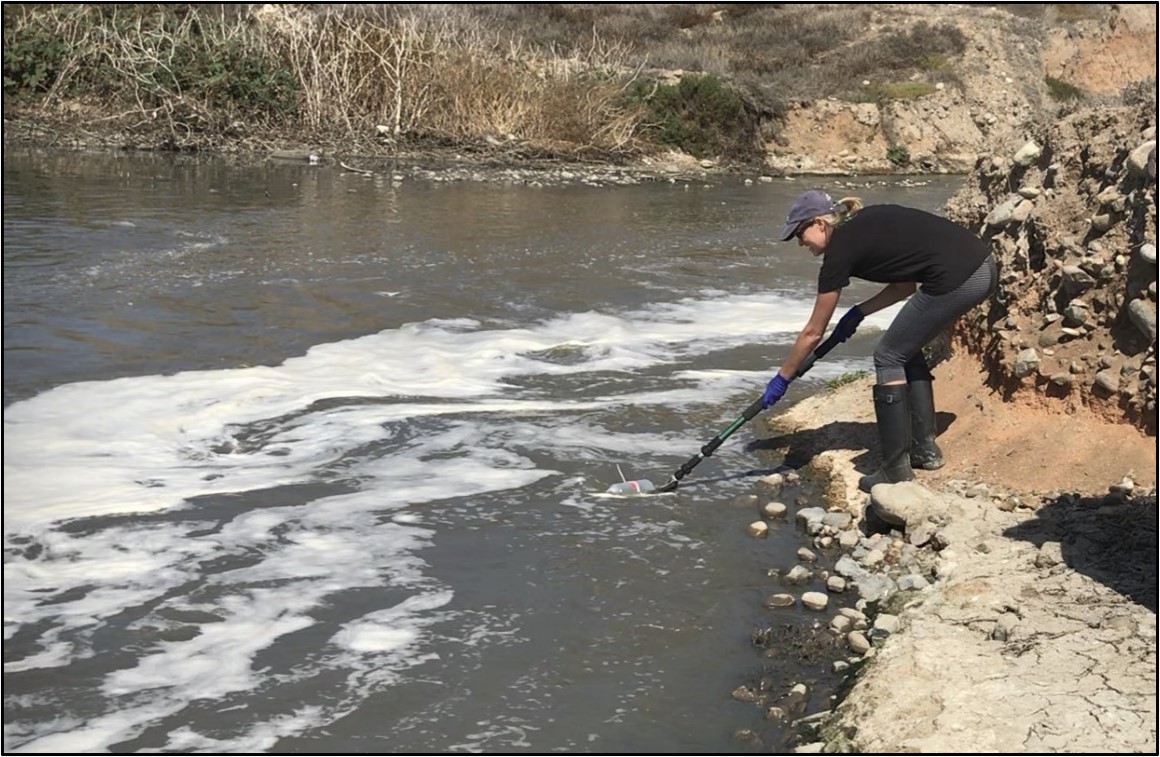Acidification modeling work probing influence of Mexican wastewater in coastal Southern California

A research team that has been modeling how ocean acidification and hypoxia (OAH) are expected to intensify in Southern California’s coastal ocean in the coming years is moving into a new phase of the modeling investigation, where
researchers will examine the relative contribution of Mexican vs. U.S. wastewater discharges in influencing seawater chemistry conditions.
The new phase, which began in early August, will examine the degree to which Mexican wastewater discharges – which enter U.S. waters via the Tijuana River watershed and coastal discharge sites south of the border – augment algal productivity and trigger declines in oxygen and pH levels.
The work will serve as a baseline from which recently announced binational investments aimed at improving Mexican wastewater infrastructure can be assessed for their anticipated effectiveness in improving coastal water quality.
The OAH modeling tools were originally developed by a team of West Coast researchers that includes SCCWRP to examine how OAH will alter coastal seawater chemistry in the coming years, including reducing the availability of dissolved oxygen and biologically important seawater minerals.
More news related to: Climate Change, Eutrophication, Ocean Acidification and Hypoxia